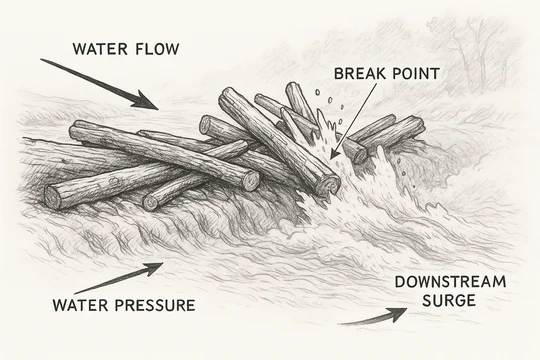
As we mentioned in our last post, Judge Bibas of the Third Circuit has taken two D. Del. patent cases by designation, along with a number of other cases.
I've seen a number of his opinions in other cases come through over the course of the year. They are easy to identify, as his writing style differs from any other judge we've had, in a way that is interesting to see.
One particularly notable opinion of his issued back in March, and apparently slipped our notice at the time. In it, he denies an FRCP 12(b)(6) motion, holding that a defendant's own patents can serve as circumstantial evidence that its products practice the claims, if those patents describe an infringing configuration.
The complaint relied on "overlapping patent[s]":
TexasLDPC claims to have an exclusive license to some patents owned by Texas A&M University. TexasLDPC suspects that Broadcom sells Wi-Fi products that infringe three of those patents (for a type of “decoder architecture”). . . . It thinks this because some Broadcom Wi-Fi patents cover the same ground as the three Texas A&M ones.
In its brief, Broadcom does not deny that its patents overlap. But it notes that the patent laws do not bar it from filing an overlapping patent. To infringe the Texas A&M patents, it would need to build a device that practices them.
The Court explained that those overlapping patents—combined with a "hint[]" from an engineer—were sufficient to show that the products plausibly practiced the claims:
That is right: to prove its claims, TexasLDPC will need to show that a specific Broadcom product implements the Texas A&M patents. . . . But it need not do so yet. To survive a motion to dismiss, TexasLDPC need only “plead[] factual content that allows the court to draw the reasonable inference” that Broadcom infringed the patents. . . .
It has. Though TexasLDPC does not yet have direct evidence that any Broadcom product implements the overlapping patents, it alleges enough circumstantial evidence to plausibly suggest that one does. Broadcom sells Wi-Fi products (TexasLDPC names a specific one) that use some form of decoder architecture. . . . And a Broadcom engineer named on about twenty patents, including the overlapping ones, has hinted that some of his patents may “relate to Broadcom’s products.”
Finally, in a striking paragraph, the Court implied that even if the defendant's products don't actually practice the claims, the defendant put itself in this situation by filing "an overbroad claim":
While this evidence would not be enough for TexasLDPC to get a trial, it is enough to get discovery. If a company patents a way to do a task, then sells a product that does the task, it is plausible that the product implements the patent. It is even more plausible when an engineer named on the patent has suggested that the company may practice some of his few patents. Broadcom may be right that it never planned to implement the parts of its patents that overlap with Texas A&M’s. But by filing an overbroad patent claim, it ran the peril that others would reasonably think it did.
All in all, this is a logical and well-reasoned opinion written in a unique way (the full decision has more, including a description of the "distressing claim [that] TexasLDPC is suing for infringement its owner instigated"). I know we say this a lot, but the whole opinion really is worth reading.
I'm looking forward to writing about more of these Judge Bibas decisions in IP cases as they come along!
P.S. if you take a look at the opinion below, you'll see that it is written in a somewhat unusual font for a district court opinion. The font is Century Schoolbook, which Wikipedia says was designed to be "an especially easy-to-read face for textbooks."
The Federal Circuit and the Supreme Court use Century Schoolbook. The Third Circuit and the District of Delaware judges most often use Times New Roman or Arial.
If you enjoyed this post, consider subscribing to receive free e-mail updates about new posts.






